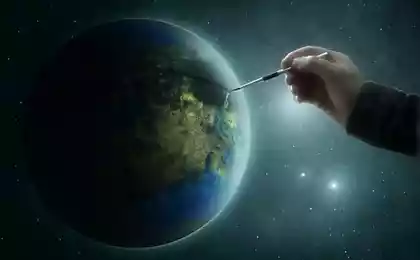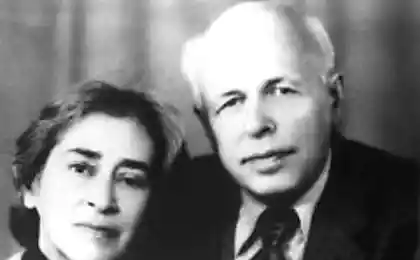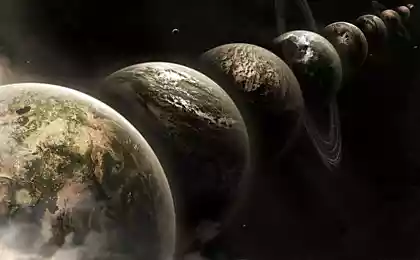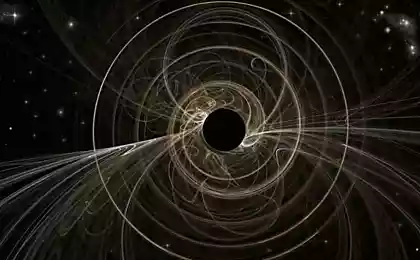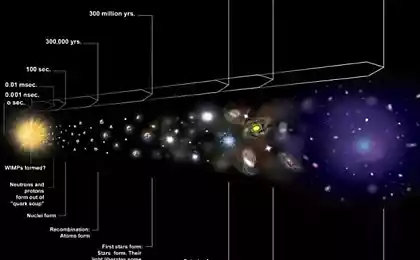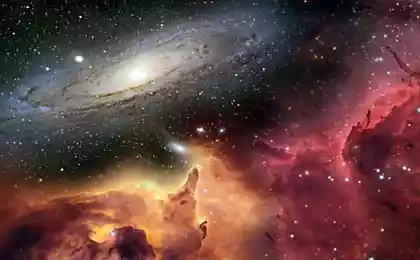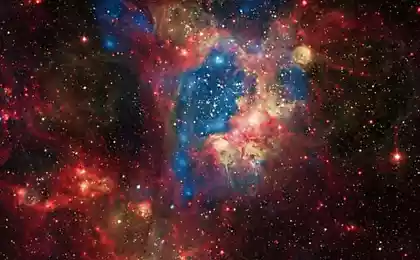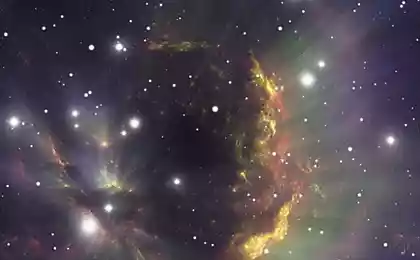656
Records in the Universe
About 15 billion years ago there was a big bang, since the universe is constantly expanding. A huge amount of time and space for countless records.
12 photos via rp-online.de
1. The fastest unmanned space korabli- AMC Helios 1 and 2. Their speed relative to the sun-70,200 meters per second.
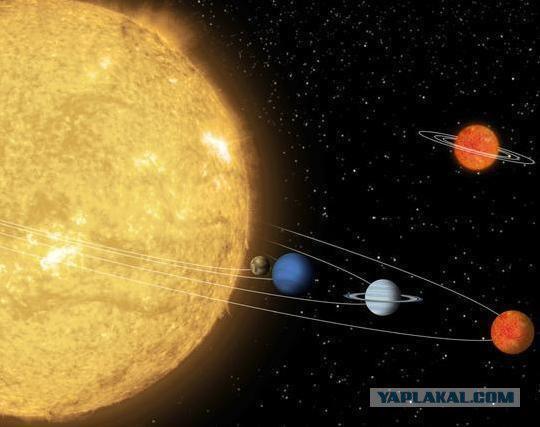
2. The core of the Sun, with a temperature of 15,600,000 ° - the hottest place in the solar system. Here, 600 million. Tons of hydrogen per second are synthesized into helium. It is through this process of the sun "is shining."
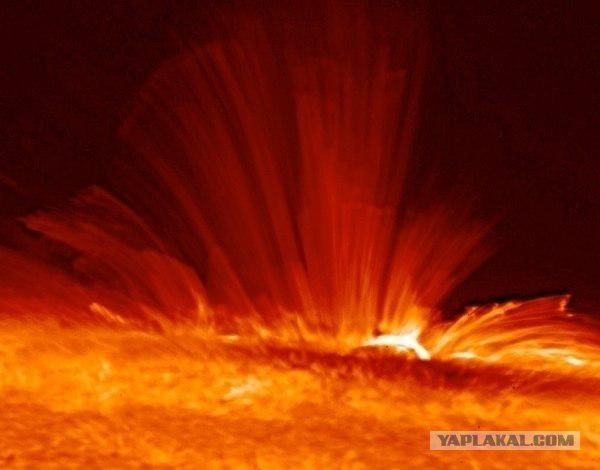
3. Soviet cosmonaut Sergei Krikalev spent 784 days aboard the space station "Mir" and became so time-traveler. Due to the phenomenon of gravitational red shift (time in the gravitational field runs more slowly than the outside, such as in space), it is 1/50 sec. I traveled in future. Already something, is not it?
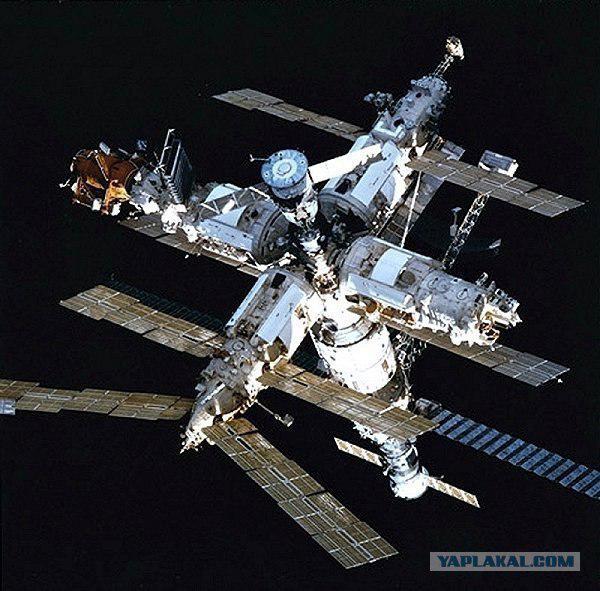
4. Modern scientists believe that the biggest clash in the world was 4, 5 billion. Years ago. Then a planet the size of Mars collided with the Earth, its wreckage fell on our orbit and formed through its own force of gravity, the moon.
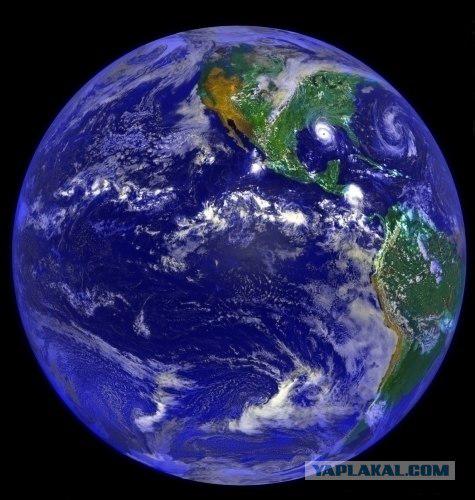
5. American astronauts Eugene Cernan and Harrison Schmitt spent the longest time on the moon. In 1972, from December 11 to December 14, they spent 74 hours and 59 minutes on Earth's natural satellite.
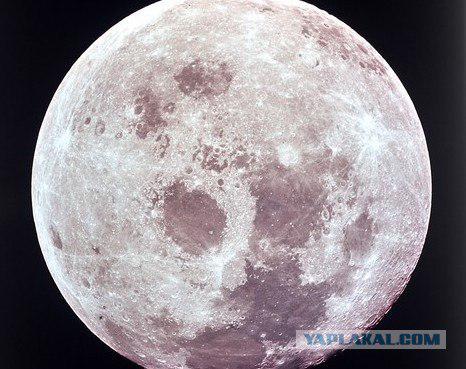
6. Andromeda M 31- biggest galaxy of the Local Group. And yet, it is the most distant object we can see with the naked eye. It is removed from the Earth at a distance of 2, 5 million. Light years.

7. Most of the satellites (63) in our solar system, Jupiter. The second meste- Saturn, they had 47. The third place is occupied by Uranus (27). By the way, 4 satellites of Jupiter are large enough to be considered planets.
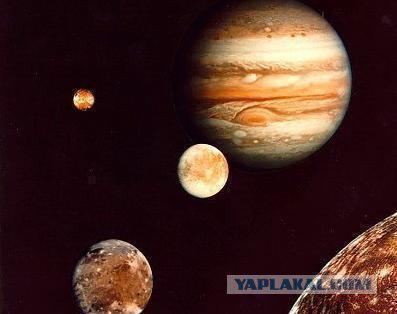
8. The highest mountain in our solar system is on Mars. Its height- 25 km. A width even more so up to it, would not have been big problems.

9. At a meeting last year in Prague, the International Astronomical Union (IAU) decided to deprive Pluto's planet status. Its discoverer, Clyde Tunb, in 1930, overestimated sizes. Now Pluto is a dwarf planet, and the most remote Neptun- planet of our solar system.
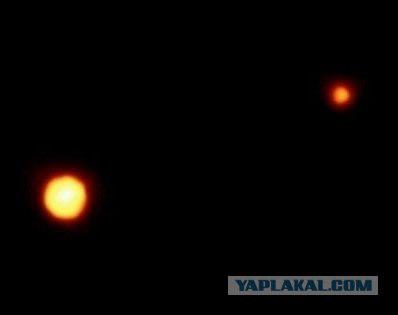
10. Neutron zvёzdy- the smallest stars. Their diameter- from 10 to 30 km. Neutron stars are formed from the remains of stars that have exploded. They have a very high density. If it is possible we could separate the grit from a star, its mass equal to the mass of a skyscraper.
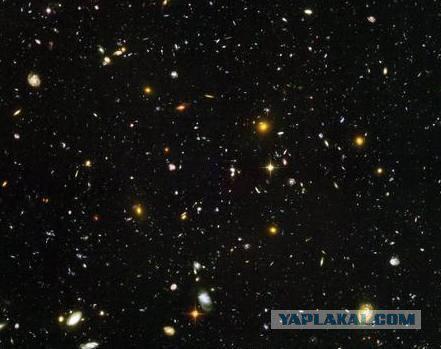
11. Jupiter, Uranus, Neptune and Saturn: Four each of these planets has a system of rings. However, the most severe are the rings of Saturn. Record the total weight of the system is 4x10 ^ 19, which is about the weight of a $ 30 million Chomolungma.
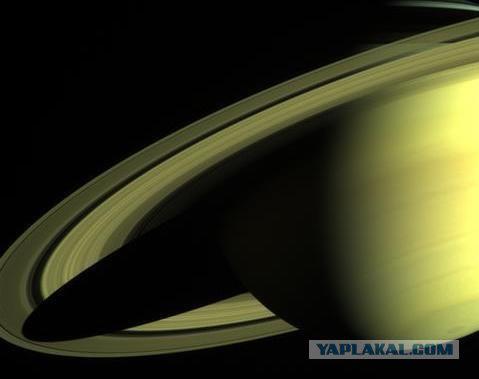
12. The fastest planet - it's Mercury. The average speed of rotation around the Sun is 172 248, and km / h, it is almost twice as fast as the Earth's rotation. Mercury's orbit is about 57, 9 million km from the Sun, and for a complete turnover he needed 87, 97 days.
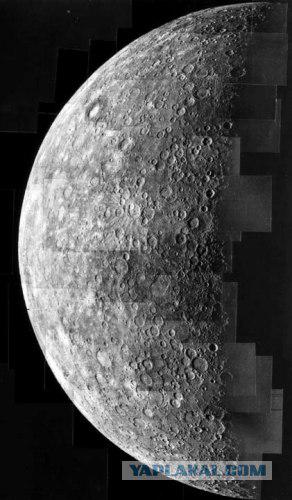
Source:
12 photos via rp-online.de
1. The fastest unmanned space korabli- AMC Helios 1 and 2. Their speed relative to the sun-70,200 meters per second.

2. The core of the Sun, with a temperature of 15,600,000 ° - the hottest place in the solar system. Here, 600 million. Tons of hydrogen per second are synthesized into helium. It is through this process of the sun "is shining."

3. Soviet cosmonaut Sergei Krikalev spent 784 days aboard the space station "Mir" and became so time-traveler. Due to the phenomenon of gravitational red shift (time in the gravitational field runs more slowly than the outside, such as in space), it is 1/50 sec. I traveled in future. Already something, is not it?

4. Modern scientists believe that the biggest clash in the world was 4, 5 billion. Years ago. Then a planet the size of Mars collided with the Earth, its wreckage fell on our orbit and formed through its own force of gravity, the moon.

5. American astronauts Eugene Cernan and Harrison Schmitt spent the longest time on the moon. In 1972, from December 11 to December 14, they spent 74 hours and 59 minutes on Earth's natural satellite.

6. Andromeda M 31- biggest galaxy of the Local Group. And yet, it is the most distant object we can see with the naked eye. It is removed from the Earth at a distance of 2, 5 million. Light years.

7. Most of the satellites (63) in our solar system, Jupiter. The second meste- Saturn, they had 47. The third place is occupied by Uranus (27). By the way, 4 satellites of Jupiter are large enough to be considered planets.

8. The highest mountain in our solar system is on Mars. Its height- 25 km. A width even more so up to it, would not have been big problems.

9. At a meeting last year in Prague, the International Astronomical Union (IAU) decided to deprive Pluto's planet status. Its discoverer, Clyde Tunb, in 1930, overestimated sizes. Now Pluto is a dwarf planet, and the most remote Neptun- planet of our solar system.

10. Neutron zvёzdy- the smallest stars. Their diameter- from 10 to 30 km. Neutron stars are formed from the remains of stars that have exploded. They have a very high density. If it is possible we could separate the grit from a star, its mass equal to the mass of a skyscraper.

11. Jupiter, Uranus, Neptune and Saturn: Four each of these planets has a system of rings. However, the most severe are the rings of Saturn. Record the total weight of the system is 4x10 ^ 19, which is about the weight of a $ 30 million Chomolungma.

12. The fastest planet - it's Mercury. The average speed of rotation around the Sun is 172 248, and km / h, it is almost twice as fast as the Earth's rotation. Mercury's orbit is about 57, 9 million km from the Sun, and for a complete turnover he needed 87, 97 days.

Source:

